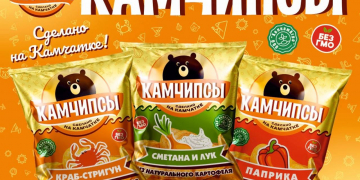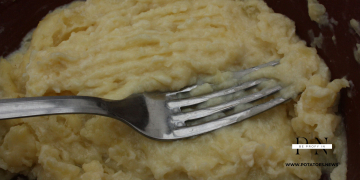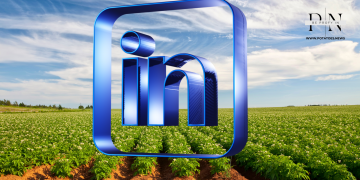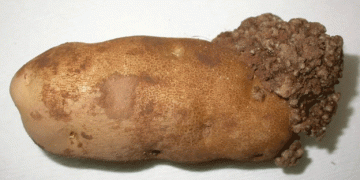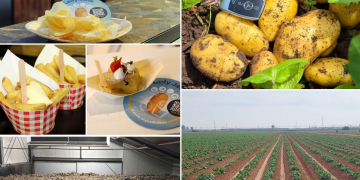According to Rosstat, the price of potatoes in Russia surged by an alarming 90.5% over the past year. This increase is part of a broader trend, as fruits and vegetables collectively saw a 22% price rise. Experts have attributed the sharp escalation to a combination of economic, environmental, and geopolitical factors, creating significant challenges for farmers and consumers alike.
Key Drivers of Price Increases
- Inflation in Basic Commodities
Leonid Kholod, an agricultural expert and former deputy minister, emphasized that general inflation heavily impacted staple foods, particularly the “borscht set” of vegetables, which includes potatoes, carrots, and cabbage. Rising costs across the supply chain, from seeds to retail, have made potatoes significantly more expensive. - Climate and Weather Impacts
Unfavorable weather conditions have played a critical role in reducing production volumes. The public sector’s potato output decreased by 1.2 million tons in 2024 due to extreme temperatures and erratic rainfall patterns. Such volatility has heightened the vulnerability of the potato supply chain, underscoring the need for investments in climate-resilient agricultural practices. - Sanctions and Import Challenges
Sanctions imposed on Russia have disrupted the supply of imported agricultural goods, including seed potatoes and agricultural equipment. These disruptions have not only reduced the availability of high-quality inputs but also increased production costs due to logistical complications and higher transportation expenses. - Rising Energy and Fuel Costs
The cost of energy and fuel—critical for operating farm machinery and transporting goods—has surged. Farmers are facing higher expenditures for maintenance and equipment, further compounding the pressure on potato prices.
Implications for the Agricultural Sector
The spike in potato prices reflects broader challenges in the agricultural sector. Small and medium-sized farms are particularly vulnerable to rising input costs, which can limit their ability to invest in productivity-enhancing technologies. Meanwhile, consumers are bearing the brunt of higher food prices, straining household budgets and reducing overall food security.
Opportunities for Mitigation
Despite these challenges, there are potential avenues to stabilize the market:
- Adopting Modern Technologies: Precision agriculture, drought-resistant crops, and improved storage techniques can help mitigate production losses due to adverse weather.
- Expanding Domestic Seed Production: Reducing reliance on imported seed potatoes can strengthen the resilience of local farmers.
- Government Support: Subsidies for fuel, fertilizers, and equipment could alleviate some of the financial burdens on farmers and help stabilize production costs.
The 90.5% rise in potato prices serves as a stark reminder of the interconnected challenges facing Russian agriculture. Addressing inflation, adapting to climate impacts, and reducing dependence on imports will be essential for stabilizing the sector. By leveraging modern technologies and providing targeted support, Russia can create a more resilient agricultural system capable of weathering future challenges.


